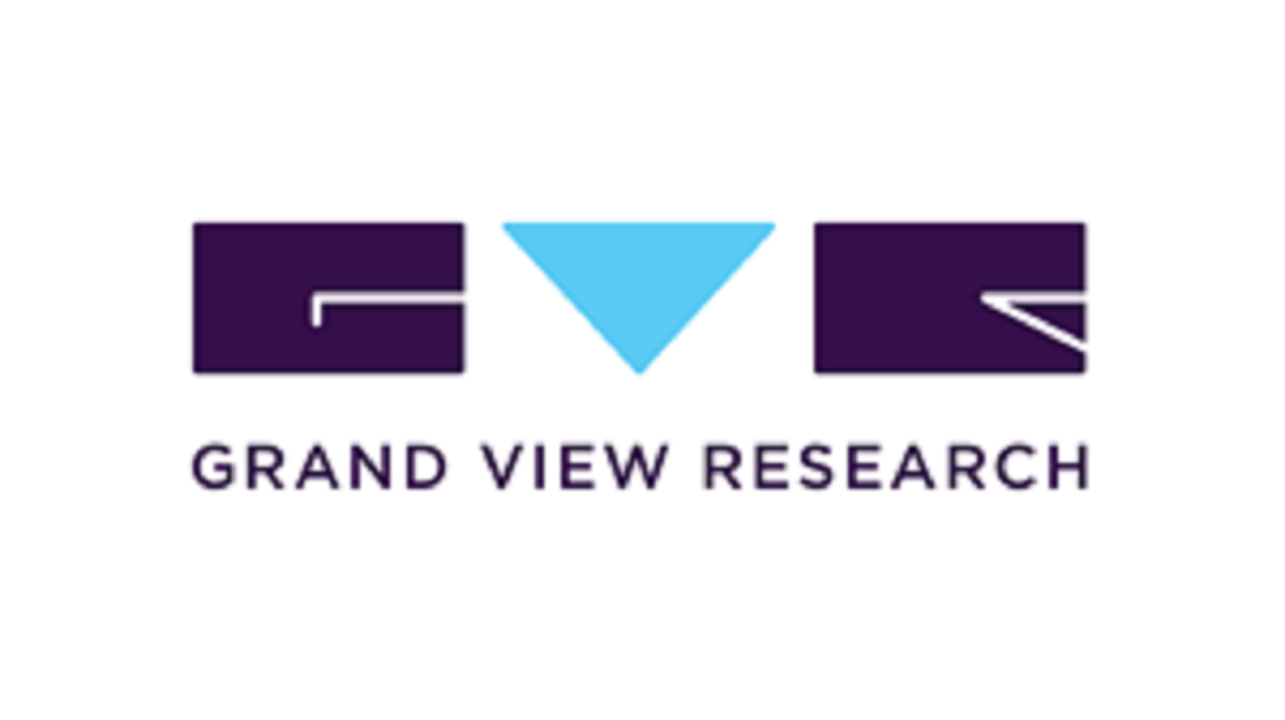The global market for ultrasonic skincare devices was valued at USD 659.7 million in 2024 and is expected to experience considerable growth, reaching an estimated USD 1,151.4 million by 2030. This corresponds to a compound annual growth rate (CAGR) of 9.9% from 2025 to 2030. Several key factors contribute to this expansion, including the increasing consumer preference for non-invasive, home-based skincare treatments, heightened awareness about personal care, and continuous technological advancements in ultrasonic devices.
Ultrasonic skincare devices utilize high-frequency sound waves to deeply cleanse the skin, enhance the absorption of skincare products, and stimulate collagen production. These features make them highly favored not only among individual consumers but also in professional dermatology clinics. The market growth is further supported by a rising trend in non-invasive and minimally invasive cosmetic procedures. According to data released by the American Society of Plastic Surgeons, there was a significant surge in cosmetic procedures following the COVID-19 pandemic, particularly non-invasive treatments. In 2022 alone, approximately 26.2 million surgical and minimally invasive cosmetic and reconstructive procedures were performed in the United States. This rising demand is fueled by patients seeking alternatives to traditional surgeries like facelifts or blepharoplasty that offer reduced risk, lower cost, and shorter recovery times—making ultrasonic skincare devices an attractive option.
Additionally, the aging global population is driving demand for anti-aging skincare solutions that improve skin tone and elasticity, with ultrasonic therapy being a preferred method. As global demographics shift, concerns about skin aging have become a significant focus in personal care. The World Health Organization (WHO) projects that by 2030, one in every six individuals worldwide will be aged 60 years or older. Ultrasonic skincare devices are becoming increasingly popular among this older demographic because they provide a non-invasive approach to stimulate collagen and elastin production, boost microcirculation, and promote lymphatic drainage. These benefits are particularly effective in reducing the visible signs of aging, thus positioning ultrasonic devices as a key solution in the anti-aging skincare market.
Key Market Trends & Insights:
• In 2024, the North America region held a substantial portion of the global ultrasonic skincare devices market, accounting for a significant 40.4% share. This highlights North America’s strong foothold in the industry, driven by high consumer adoption rates, advanced technological infrastructure, and widespread awareness of skincare innovations.
• Meanwhile, the Asia Pacific region is recognized as the fastest-growing market for ultrasonic skincare devices. This rapid growth can be attributed to rising disposable incomes, increasing beauty consciousness, and expanding access to modern skincare technologies in countries across the region.
• When examining the market based on product types, the handheld ultrasonic skincare devices segment dominated the market in 2024, capturing the largest revenue share of 71.3%. These portable and user-friendly devices are preferred by consumers due to their convenience and effectiveness in home-based skincare routines.
• In terms of end-use, the homecare segment led the ultrasonic skincare devices market in 2024, reflecting a growing consumer preference for personal skincare treatments that can be easily administered at home. This trend is supported by increasing awareness of non-invasive skincare options and the desire for cost-effective and time-efficient beauty solutions outside of clinical or professional settings.
Order a free sample PDF of the Ultrasonic Skincare Devices Market Intelligence Study, published by Grand View Research.
Market Size & Forecast:
• 2024 Market Size: USD 659.7 Million
• 2030 Projected Market Size: USD 1,151.4 Million
• CAGR (2025-2030): 9.9%
• North America: Largest market in 2024
• Asia Pacific: Fastest growing market
Key Companies & Market Share Insights:
Some of the prominent companies operating within the ultrasonic skincare devices industry include Alma Lasers GmbH, Cynosure, Inc., Solta Medical, Inc., Cutera, Inc., Syneron Medical Ltd., Canfield Scientific, Inc., 3Gen, Aesthetic Group, Ambicare Health, Image Derm, Inc., and Fotona.
These key market players are actively working to strengthen their positions by expanding and diversifying their portfolios of ultrasonic skincare devices. By continuously innovating and introducing new products, these companies aim to enhance their competitive edge and capture a larger share of the market in the coming years. This strategic focus on portfolio growth is expected to play a crucial role in driving future success and meeting the evolving needs of consumers and professional users alike.
Key Players
• lma Lasers GmbH
• Cynosure, Inc.
• Solta Medical, Inc.
• Cutera, Inc.
• Syneron Medical Ltd.
• Canfield Scientific, Inc.
• 3Gen
• Aesthetic Group
• Ambicare Health
• Image Derm, Inc.
• Fotona
Explore Horizon Databook – The world's most expansive market intelligence platform developed by Grand View Research.
Conclusion:
The ultrasonic skincare devices market is poised for strong growth driven by rising demand for non-invasive skincare treatments, technological advancements, and increasing consumer focus on personal care. Expanding product portfolios and growing adoption in homecare settings are key factors supporting market expansion.


